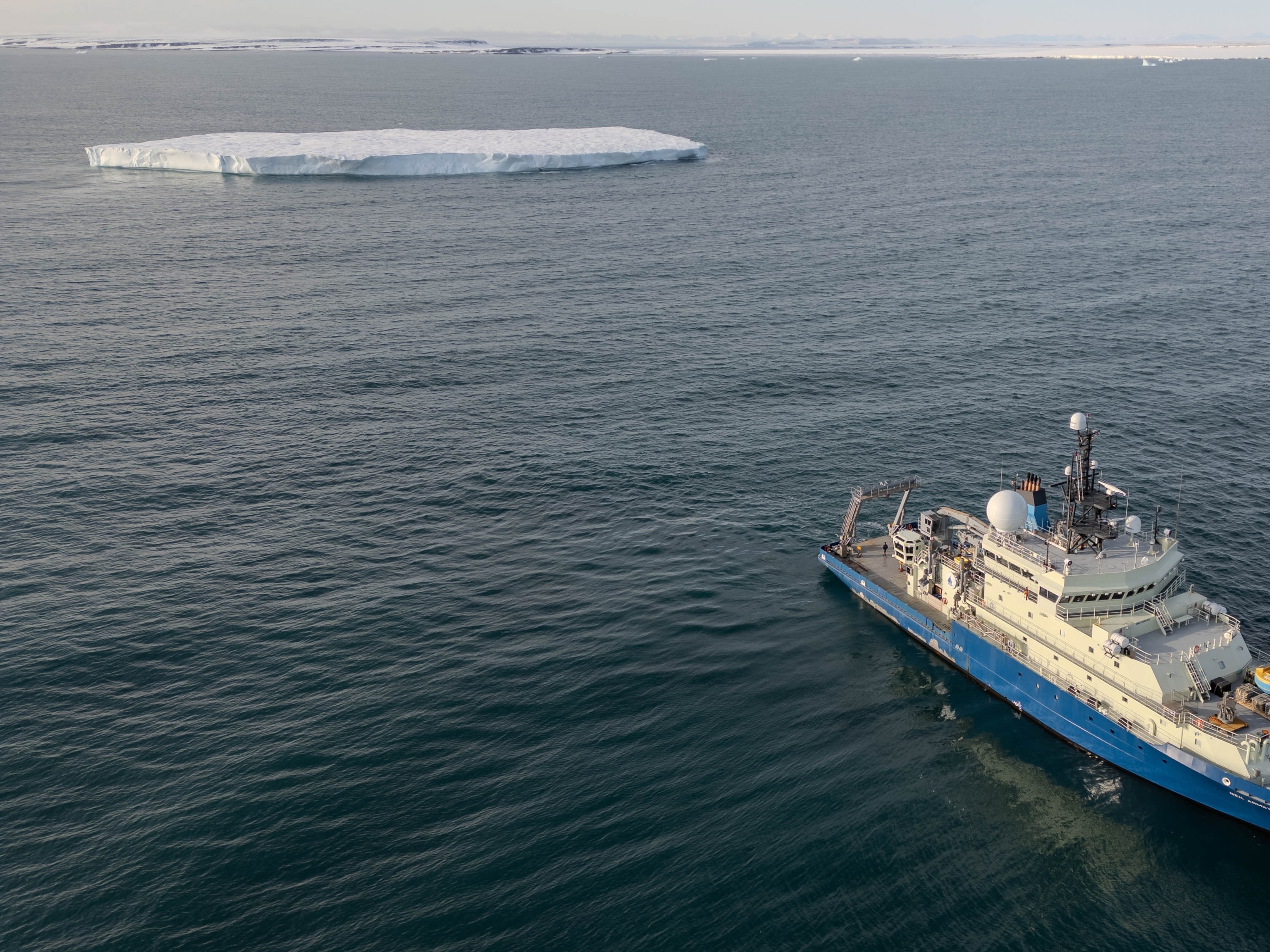A giant, rotting mass of seaweed threatens beach season—again
A record-breaking 37-million-ton mass of floating seaweed called sargassum is once again inundating beaches in the Caribbean and will soon reach parts of the U.S.

The Great Atlantic Sargassum Belt—a goopy mass of leafy, floating seaweed stretching across 5,000 miles—is slated to be a nuisance of record breaking proportions this year. In May, scientists at the University of South Florida observed over 37 million metric tons of sargassum in the Caribbean Sea, Atlantic Ocean, and Gulf of Mexico.
Later this month, the seaweed will continue washing ashore on Caribbean and U.S. beaches.
In the past decade it's increasingly become a problem for beachgoers and seaside businesses—and a rotting, smelly one at that—but sargassum is a natural part of the ocean food chain.
“In the vast expanse of the ocean, it can be an oasis,” says Brian Barnes, a marine scientist at the University of South Florida. The patches of seaweed can be a home and source of food for passing fish and sea turtles.
Here's what we know about where it came from—and whether you need to worry about it.

Where did it come from; where is it going?
“I try to shy away from the term blob. That’s not really what it is,” says Barnes, who says that the Great Atlantic Sargassum Belt is really a series of many small blobs with individual patches that are as large as an acre. Smushed together, he adds, it would be roughly the size of Delaware.
Sargassum is a golden-hued seaweed, a large macroalgae, that’s continuously whisked atop the ocean’s currents. Unlike other types of seaweed, such as the kelp that’s anchored to the shallow ocean floor, sargassum is adapted to life on the open sea and lives solely in floating patches.
(What to know about algae—and why it may soon be part of your diet.)
Much of it can be found in the western Atlantic’s Sargasso Sea, which is such an important ocean habitat to so many marine creatures it’s been called the “golden floating rainforest.”
Because sargassum is made for life adrift, it regularly travels across the sea. The ocean is full of different currents that move across the globe like conveyor belts. The sargassum nearing U.S. beaches will have spent time off the western coast of Africa, then the high seas of the Atlantic Ocean, and finally in the Caribbean Sea, where much of the sargassum resides this time of year.
(Who rules the high seas? Outlaws and unknown sea creatures.)

A growing threat
Sargassum has existed for about 30 million years, but blooms of this massive size are a rising concern.
“To our best knowledge, 2011 was the first year that there was a big bloom of this stuff,” says Barnes.
Dangerous algal blooms like red tides can be fueled by pollution, and sargassum is no different. When farmers spray fertilizers on land, they release chemicals laden with nutrients to help crops grow. When those fertilizers leak into rivers and make their way out to sea, they release the same plant-growing nutrients onto sea plants, unintentionally giving them a boost.
In the past decade, one culprit has been the Amazon River, says Cynthia Heil, the director of the Mote Marine Laboratory and Aquarium’s Red Tide Institute.
When that excess sargassum piles up on beaches, it’s—at best—a nuisance for businesses that rely on tourists flocking to clean, seaweed-free beaches.
After a large sargassum bloom in 2018, occupancy rates at Riviera Maya hotels along the Yucatan Peninsula dropped.
(Read more about how scientists are trying to save Mexican beaches from seaweed.)
In addition to blocking beach access, sargassum stinks, says Heil. As it decomposes it releases a gas called hydrogen sulfide that smells like rotten eggs. That gas can irritate the eyes, nose, and throat, according to the Florida Department of Health. Tiny sea creatures, like jellyfish, may also live in sargassum and can irritate skin.
The seaweed, in excess, can also harm the ecosystem. The thick, tangled mass can smother coral reefs and mangroves, and tiny creatures living in the land like crabs and clams.
Currently, there’s no easy fix for getting rid of sargassum, say scientists, and removal can cost tens of millions of dollars.
Hannah Farrow contributed to this article.
Related Topics
You May Also Like





